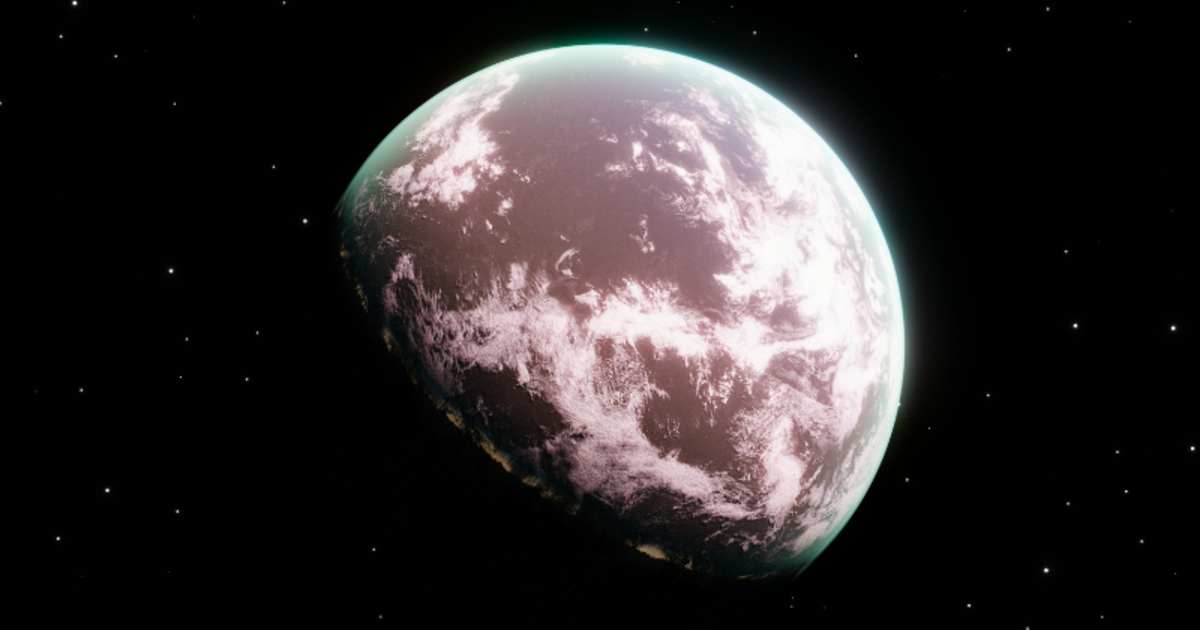Scientists Discover Two Massive Structures Deep Within Earth’s Mantle, Say It Could Be Remains of Ancient Planet

For decades, the secrets buried deep beneath our feet have fascinated scientists, but Earth is far more mysterious than that. From volcanoes and earthquakes to tectonic plates drifting atop molten rock, the Earth’s inner layers have long captivated geologists and seismologists alike. A team of researchers in a study announced that within Earth’s mantle lies a huge structure (large low-velocity provinces (LLVPs)) that may be the remnants of an ancient alien planet, according to Nature.

These structures, found beneath Africa and the Pacific Ocean, are as enormous as continents, and they slow down seismic waves that pass through them, hinting at a chemical composition that is quite different from that of the mantle. Therefore, the theory gaining momentum is impeccable. The LLVPs could be the leftover fragments of Theia, a Mars-sized planet relieved to have smashed into the early Earth over a billion years ago, as per The Brighter Side. This cosmic collision is the widely accepted origin of the Moon, formed from the debris flung into orbit. But the most important question is what happened to Theia’s core and mantle? Until now, that remained a mystery.
Using advanced computer simulations and seismic imaging, experts believe that iron-rich material from Theia’s mantle may have sunk into Earth’s lower mantle, where it remains today as the LLVPs. These blobs are denser, somewhere between 2% and 3.5% more than the surrounding mantle material, anchoring them close to the Earth’s core. But the revelations don’t end there. Another group of scientists using full waveform inversion, a top-notch seismic imaging technique, has detected ‘sunken worlds,’ weird crusty patches hidden in the mantle that defy basic geological explanation, stated Live Science.
REMAINS OF ANCIENT PLANET FOUND BURIED ON EARTH
— Mario Nawfal (@MarioNawfal) May 7, 2024
Scientists have uncovered the remains of a mysterious ancient planet called Theia buried deep under Africa and the Pacific Ocean.
NASA's GRAIL mission found dense titanium-iron ore beneath the moon's surface, suggesting Theia… pic.twitter.com/L9REyrXZbv
These anomalies, some discovered in tectonically inactive zones like under the western Pacific Ocean, shouldn’t exist where they are. In a statement, Thomas Schouten, a doctoral candidate at the ETH Zurich Geological Institute in Switzerland, said, "That's our dilemma…With the new high-resolution model, we can see such anomalies everywhere in the Earth's mantle. But we don't know exactly what they are," stated ETH Zurich. The blobs may be ancient seafloor pushed into the Earth’s interior through subduction. Or another intriguing explanation could be that they are fragments of Earth’s original crust or denser materials that formed during planetary evolution.
Co-author of the study, Dr. Andreas Fichtner shared, "Then, if you give [them] a new, better examination tool, [they] suddenly see an artery in the buttock that doesn't really belong there…That's exactly how we feel about the new findings," stated Live Science. As research continues, experts are not just unraveling sunken lands but are most probably exposing the backdrop of Earth’s creation. Another important point to note is that if the LLVPs really are remnants of Theia, Earth has been carrying a stowaway planet inside it for billions of years, a chilling fact to know.